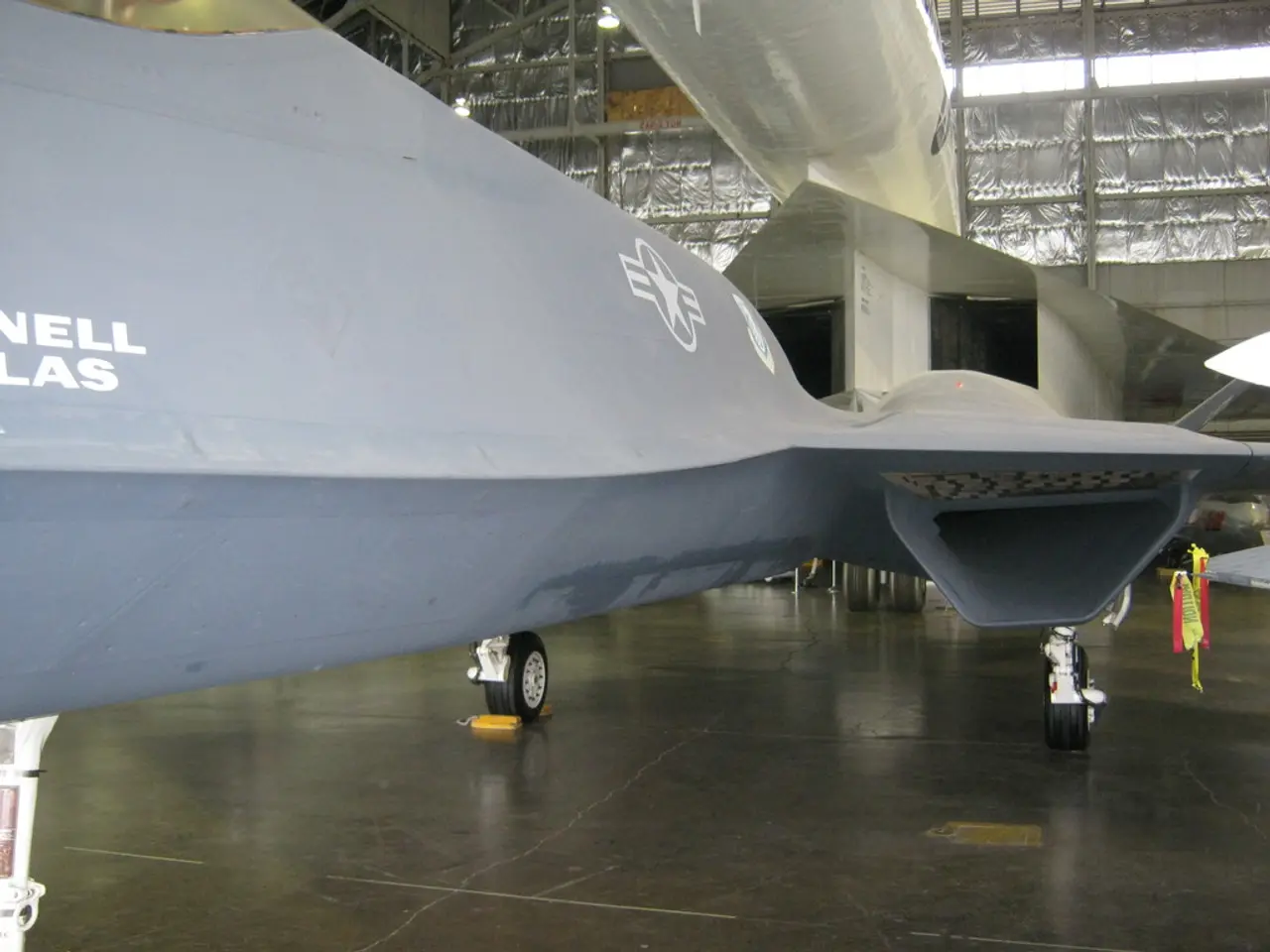Aviation technology: the groundbreaking advancements propelling every airborne journey
In the world of modern aviation, technological advancements have revolutionised the industry, with Artificial Intelligence (AI) and advanced systems playing a pivotal role in enhancing safety, operational efficiency, and reducing environmental impact.
Safety Enhancements
One of the key areas where AI is making a significant difference is in predictive maintenance. By analysing in-flight sensor data, AI-powered systems can detect mechanical issues before they lead to failures, thereby lowering the risk of in-flight emergencies.
Next-generation Terrain Awareness and Warning Systems (TAWS) are another example of AI's transformative power. These systems use AI and machine learning to improve terrain awareness by reducing false alerts, integrating with synthetic vision systems, and providing 3D terrain visualization. This greatly enhances pilot situational awareness during critical phases of flight.
AI also aids in real-time decision-making by analysing weather, air traffic, and flight paths to predict hazards and suggest safer alternatives. AI-driven runway monitoring systems, such as virtual twins and remote sensing, can detect foreign objects or defects swiftly, reinforcing ground safety.
Efficiency Improvements
AI optimises flight routes by factoring in weather, traffic, and fuel consumption, leading to reduced operational costs and better fuel economy. Automation of administrative tasks, such as crew scheduling and baggage handling, streamlines operations, freeing human resources for critical tasks.
AI also optimises fuel use during various flight phases, such as takeoff climb speeds, improving economic and environmental performance. Predictive maintenance reduces downtime, lowers maintenance costs, and ensures aircraft are more reliably available.
Environmental Impact
AI-driven optimisation of fuel consumption directly reduces aircraft emissions by recommending efficient flight paths and speeds. Improved route planning helps in avoiding congested air corridors and adverse weather, which decreases unnecessary fuel burn and emissions.
Challenges and Future Trends
Despite the technological readiness, challenges include pilot training for new systems, cost barriers for smaller operators, and the need for user-friendly interfaces to maximise safety benefits of complex systems like TAWS and AI.
Regulatory and ethical considerations around AI deployment in flight operations and air traffic control are significant. Transparency, data privacy, safety validation, and cybersecurity remain priorities. AI is augmenting—rather than replacing—human roles, especially in air traffic control, with ongoing trials showing promise but requiring rigorous safety and regulatory approvals.
In summary, AI-enhanced avionics and advanced warning systems have become pillars of safety by reducing mechanical failures and improving situational awareness. They boost efficiency through optimised routing and automated operations, while contributing to environmental goals by lowering fuel consumption and emissions. Careful integration, regulatory oversight, and training remain essential to fully realise these benefits in modern aviation.
The modern aviation industry has undergone a transformation, with technology becoming central to every aircraft. Technologies like Automatic Dependent Surveillance-Broadcast (ADS-B), Ground Proximity Warning System (GPWS), and automated air traffic control systems improve airspace efficiency and reduce the possibility of human error.
The platform at Sabadell Airport, for instance, uses advanced aircraft like the TECNAM P2002JF, TECNAM P2008JC, and TECNAM P2006T for different stages of training. The fleet is entirely new and purchased directly from the factory, ensuring the latest technology is at the disposal of trainees.
The Glass Cockpit, replacing traditional analog indicators with large digital screens, has been incorporated into all aircraft on the platform. Fly-by-Wire Technology, which replaces mechanical controls with electronic signals, is a standard in commercial aviation, ensuring the aircraft can fly entire routes with minimal pilot intervention.
In conclusion, the integration of AI and advanced systems has transformed modern aviation, enhancing safety, operational efficiency, and reducing environmental impact. With careful integration, regulatory oversight, and training, the benefits of these technologies will continue to be realised in the industry.
AI plays a crucial role in the finance sector by predicting market trends and managing risks through advanced algorithmic trading systems. By analyzing vast amounts of data, AI can identify patterns, make trades swiftly, and help financial institutions minimize their risks. (Finance, Industry, AI)
Innovations in the aerospace industry are not limited to AI; technology advancements include the growth of electric aviation, such as the development of electric planes by companies like Boeing and Airbus. This shift towards sustainable aviation propulsion systems has the potential to revolutionize the aerospace industry and contribute to a greener future. (Aerospace, Technology)








